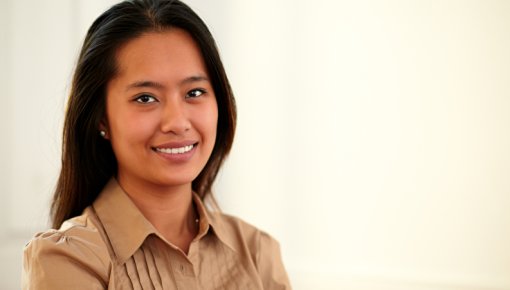I was actually supposed to have surgery
There was no doubt that I had scoliosis. You could clearly see it. I had what's known as a “rib hump.” But we only realized how extreme the scoliosis was after doing the first few x-rays: The angle was over 60 degrees!
I was actually supposed to have surgery. But my parents took me to see a doctor who was an expert in conservative treatment, even for extreme scoliosis. He was very well-known, a luminary, and worked at a rehabilitation facility.
During my first rehabilitation program, which lasted six weeks, I was “trained” to use the back brace by wearing it a little longer every day. I also started an intensive ‘Schroth’ physical therapy method. I found out a lot about scoliosis, too, and learned how to make my everyday life more back-friendly.

